A Bloggers Guide To Earning Affiliate Income On Pinterest
The last week I joined the team at Pinterest UK for an evening of inspiration, bringing together some of the UK’s top Pinterest tastemakers to chat about how to build a Pinterest following and how to work together with brands and affiliates to make a bit of money from your profile. I was on a panel with Amazon and Boden getting into the nitty gritty of the affiliate network/ brand/ content creator/ pinner relationship, and afterwards I promised quite a few of the people who came up to me with questions I would break down everything we talked about on the panel (as well as everything we did not get a chance to cover) in a post.
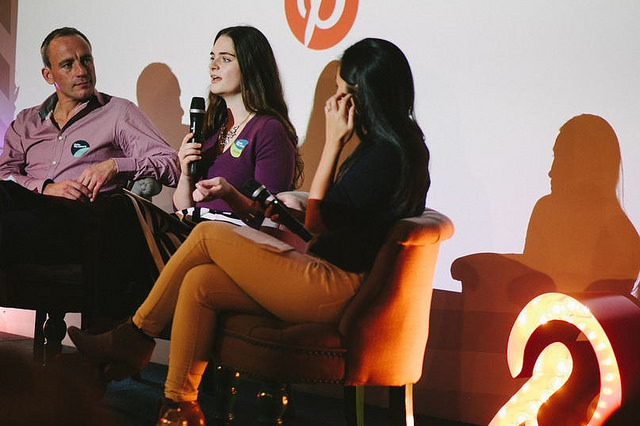
So the biggest thing I learnt of the evening? It is no coincidence that I’m utterly obsessed with Pinterest. About 95% of my Pinterest use is actually personal not monetized, and I use it all the time, from on the web while I’m bored and on hold, or on my iPad in front of the TV in the evenings. It turns out that Pinterest was inspired by Lego bricks. How did I not already know this? I used to play with my Lego sets almost every day as a child; I promise you that if I ever become a retired person, I will become one of those people who spends all day building a replica of Big Ben out of Lego bricks. Also, did you know that the TV show Stranger Things was brainstormed on Pinterest boards?
Anyway, so I think the best way to understand Pinterest, is that a Pinterest profile is a cross section of a creative persons brain. The way we select the images we Pin and re-pin, and the way we curate those images together, is a reflection of both who you are creatively, and who we aspire to be. Something else we learnt from Al, Pinterest’s head of Creative at the beginning of the evening is that content on Pinterest has three stages: things that are relevant to our lives right now, stuff for the immediate future, and stuff we aspire to. Think, that easy cupcake recipe you can knock together at the weekend, a new layer cake technique you want to master at some point, and that massive celebration cake that you might make for a big event in the coming years. When you’re working with brands, when you’re trying to determine what the brand really wants out of your collaboration, it is useful to think how almost all pins fall into these three categories.
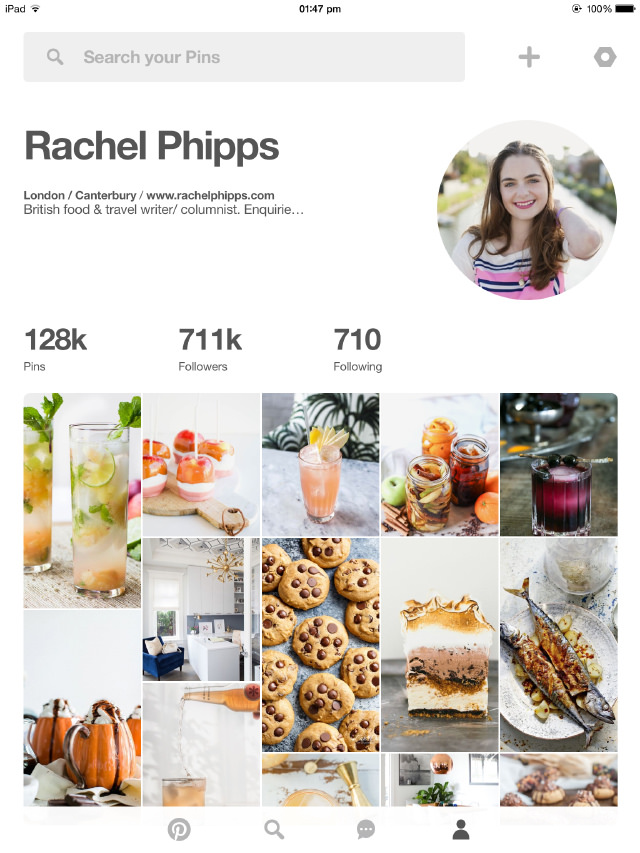
For those of us with personal profiles, this is just a lesson to keep doing what feels right to you to have a consistent brand, rather than to follow what other people do. But if you’re trying to use Pinterest to create a brand, the idea that a Pinterest profile represents these categories of creativity can help plan pins to build a coherent aesthetic.
Look for example at my profile, and the sort of things I pin to all categories. I’m a food writer, so most of my boards are relating to different food and meals (‘Oh You Smoothie‘, ‘Pizza Party‘, ‘Ladies Who Lunch‘, ‘Pudding Lane’), but food is not just all I do. I have a board of travel destinations (‘Location, Location, Location‘), dream interiors and homes (‘Interiors Exteriors‘) and shopping picks (‘Shopaholics Anonymous‘). And then there are boards personal to me, for example the boards relating to the places I’ve lived all around the world: ‘I Love You London‘, ‘English Rose‘, ‘J’Adore La France‘ and ‘Californication‘. And look at the images themselves: even though I’m pinning a lot of Autumnal content right now (it is all about my ‘Autumn Style File‘ board at the moment, people!), I naturally gravitate towards bright colours, light images, and minimal, informal styling. Now head back to my blog homepage, take a look at how I style my recipes, take a look at my Instagram profile. While most of the images I pin are not my own, you can see why I choose them as images I like, when you look at my own work as a creative.
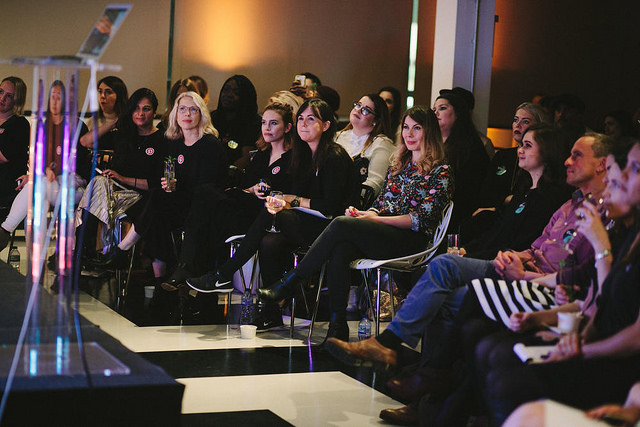
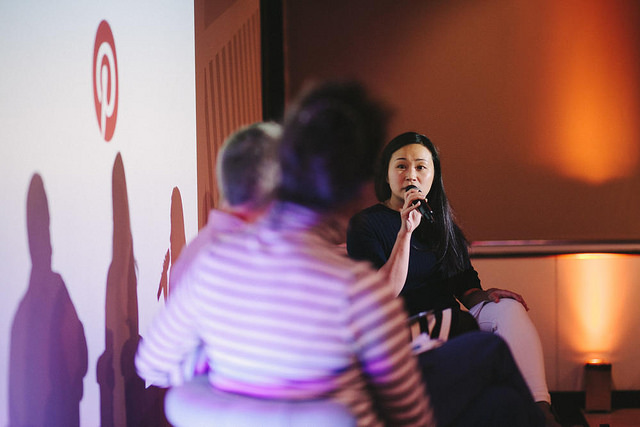
Now we’ve really understood what our Pinterest profiles are, now it is time to talk how you can start using them effectively for business. This is not exactly how our panel went (we brainstormed a lot beforehand, and then I think Ayumi who was chairing it used the questions as a template for what we had time for and what felt right while we were up on stage), and obviously I did not answer every question myself, but I thought I’d use our panel plan to structure the rest of this post.
How exactly did you get started on Pinterest, and how did you start to earn money through brand partnerships and affiliates?
Actually, I have been on Pinterest since January 2011, and for a very long time it was just for personal use. Still around 95% of the pins I post are just me on my iPad in front of the TV just because I want to. However, Pinterest is my biggest audience. Way more people follow me on Pinterest than read my blog each month, so when I started to make money on my blog through affiliates, I started to share those links on Pinterest, too. Brand partnerships have mostly come to me through networks, but in the last two years I’ve had a healthy mix of brands reaching out to me to collaborate, and my pitching a Pinterest partnership to brands who have got in touch about my blog, but where I’ve personally felt that Pinterest would be a better fit.
Today, there is a fairly large selection of affiliate programs to choose from. How to you select the right network for you?
Essentially, affiliate networks either pay CPC (cost per click) or on a commission based model. I would personally recommend finding the best network for each and signing up to both, and then playing around to see if you make more money from people clicking on your links (these networks tend to pay out very small amounts, but don’t rely on a purchase being made to pay out), or through sales. I would then focus on whichever works out best for you, or use them in the areas where they work best. For example, I make more money usually through CPC so I use those affiliate links on Pinterest most of the time, but when I’m doing a more seasonal or focused board (like new season shopping picks on my ‘Autumn Style File‘ board, or gift ideas on my ‘Christmas Is In The Air‘ board) I find people are more likely to buy, so my sales based links work best there.
Using branded affiliate links, you have two more options you need to be considering once you’ve worked out which type of model works best for you. Some brands have their own affiliate programs, most of which pay on a commission basis. Usually if you’re working directly with a brand you get a better commission rate, but it may take you longer to reach the threshold of earnings where they pay you with a narrow range of products. So, unless you know you’ll make loads of sales from one particular site, a network where you’re paid when you’ve reached the payment threshold on all commission through the network might be best for you: it is for me.
Personally, I use one CPC network (which also does pay a small commission on actual sales), Shopstyle Collective, and one commission based network, rewardStyle. Now, it may seem funny as a food and travel blogger that both of my networks are fashion and clothing based, but I actually do very well out of those categories on Pinterest, and both networks do also link to kitchen equipment and home items, too. The one exception to my network only rule is that I’ve recently joined Amazon Associates (because Amazon sells everything), but I have no experience using it on Pinterest yet. I’m also signed with HelloSociety, a Pinterest influencer agency based in Los Angeles where I get given CPC campaigns and one off brand partnerships, which is worth looking into if you have a very large following.
How important is affiliate marketing becoming to marketing campaigns? What do you think the future is for influencer/ affiliate marketing?
In September I put together a post about how I have been earning money from my blog over the past year, and in it I stated that sidebar advertising is well and truly dead. I think all three of us on the panel agreed that we’re moving away from intrusive, traditional advertising (think sidebar), and towards more native, integrated advertising such as the use of affiliate links and organic, influencer run campaigns by way of brand collaborations. So while no one can really predict the future in the digital landscape (I famously thought Twitter was a crazy idea when I had it first explained to me!), I am sure we’ll be seeing more and more big campaigns being run with at least an influencer element to them.
Do brands just care about follower numbers, or can brands benefit benefit from working with micro-influencers too?
You may think that while you can make pocket money with affiliate links on Pinterest if you only have a small to medium following, you have no chance of getting a brand to partner with you as you simply don’t have enough followers. Actually, something Lucy from Boden (who also used to work at ASOS, and you may know from her wonderfully colourful blog Shiny Thoughts) talked a lot about is that brands also work with a lot of micro-influencers who really speak to their target audience.
Think about it. If your brand has a really classic, preppy aesthetic, it may seem like your products get more eyeballs (therefore more brand awareness and more sales) if you work with the influencer with the largest following, but if they wear really bright and quirky, or only glossy, high fashion clothing, the people who follow them are less likely to respond to your brand than the medium sized influencer who epitomises the type of person who is your target customer. Right?
And besides, as we learnt from some of the other influencers who helped Pinterest put together the evening, sometimes a pin which may not necessarily blow up at the time can be found years later through the search function, which has nothing to do with how many followers someone has, it is about what people are searching for.
As an influencer, do you have any tips or advice to share when working with affiliate networks and brands?
With regards to working with affiliates, just stay true to your aesthetic. People follow you and engage with your content, so affiliates are not going to work if they look out of place. Your followers should not be able to tell what is affiliate or sponsored content, or what is purely organic. When Pinterest removed affiliates for a while, one of the main reasons they cited for doing this is too many affiliates were making things feel a bit spammy. Obviously, I do pin affiliates on all boards when it feels right, but I also have a ‘Shopaholics Anonymous‘ board where I just pin shopping picks, which people don’t have to follow if they don’t want to to combat this.
When it comes to brands, what I have found that because so many of them are unfamiliar with running campaigns on Pinterest, it is a good idea to get a clear idea of what they want to get out of the partnership from the word go. Do they want to drive traffic to their website, do they want to generate sales, or do they simply want to build an aesthetic around their brand to build brand awareness.
The first two aims are easy to figure out how to achieve once you’ve figured out how best affiliates work for you on your profile, but using Pinterest to build brand awareness is also something a lot of the already Pinterest savvy brands have not thought about yet. Don’t be afraid to pitch a Pinterest collaboration or to use Pinterest as an element of your collaboration if you blog to brands. My ‘Date Night‘ board was in collaboration with match.com, and is more about fleshing out an idea to build brand awareness than anything else – it does not actually link to the match.com website at all. It came about as they approached me to collaborate with a recipe on my blog for the second year running, and they had a very clear vision of what they wanted the campaign to look like, full of easy and accessible date night ideas. I pitched the idea of a board which would build that idea and be linked to from my sponsored blog post, and link back to the recipe post by way of a pin in return.
I know this was a bit of a long post (!) so thank you for getting to the end. I hope I have managed to cover everything we did not get the chance to discuss on Tuesday night, and I’ve managed to give a good overview to everyone who was not able to be there. Thanks Pinterest for inviting me to be on the panel, and if any of you have any questions, feel free to drop them in the comments below and I’ll do my best to answer!

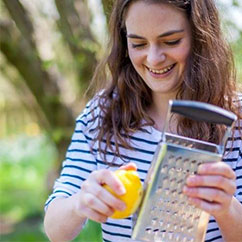
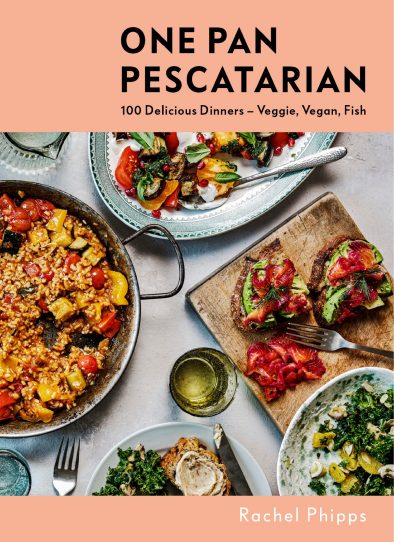
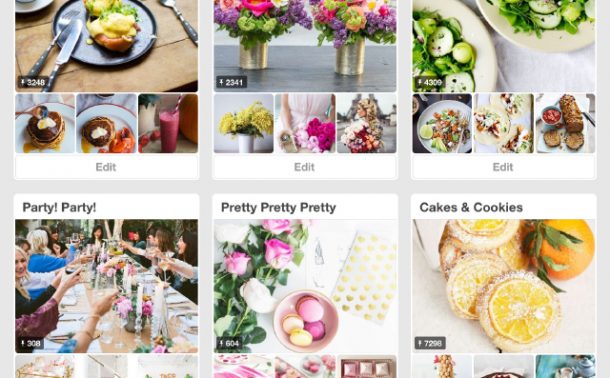
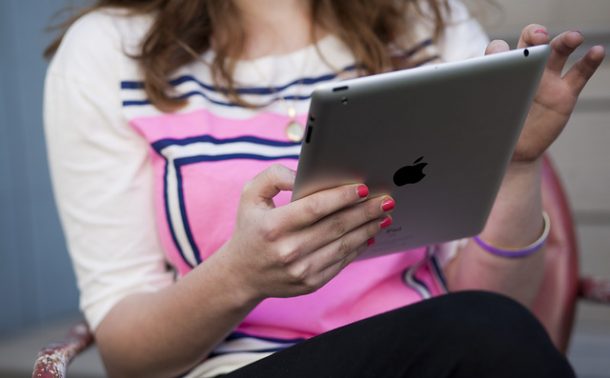
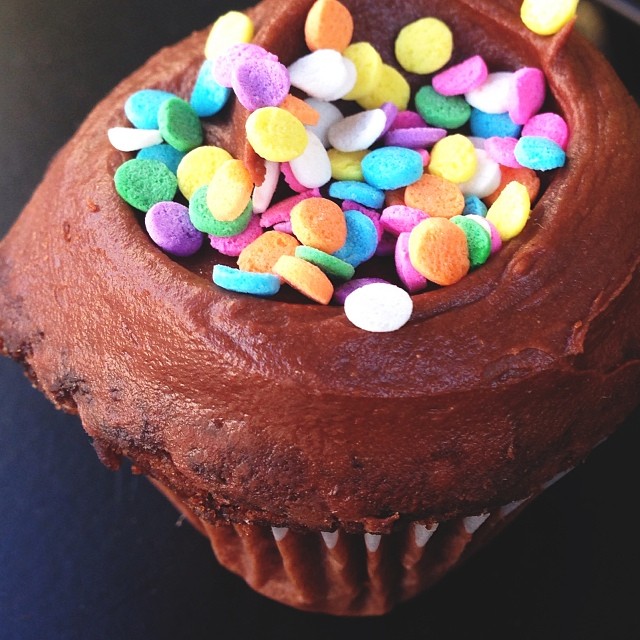
Discussion